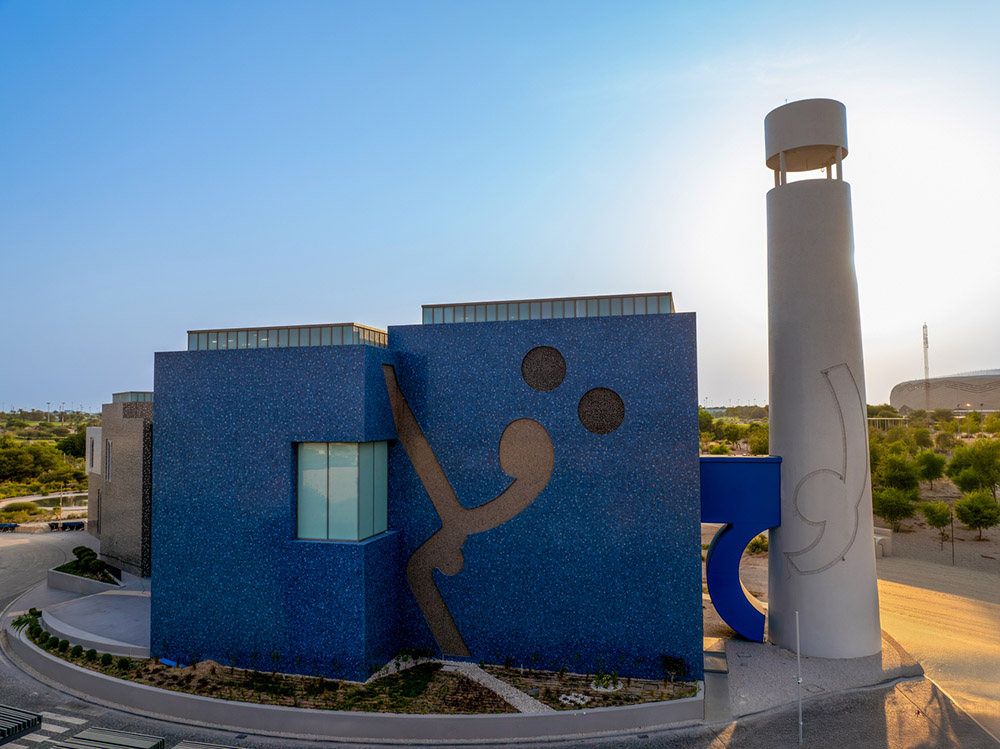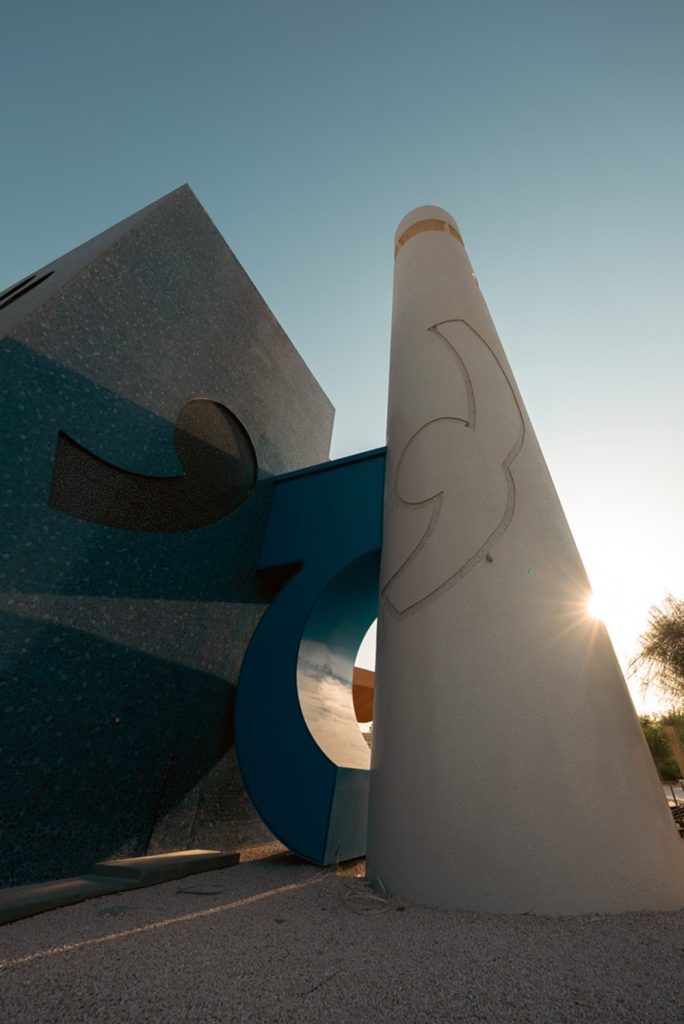World’s First And Largest Museum Dedicated To Modernist master M.F. Husain To Open In Doha
The 3,000 sqm. museum set to open from November 28 will trace Husain’s artistic journey from the 1950s until his death in 2011. It will have a permanent collection on display featuring his films, paintings, photography, poetry, and installations, along with multimedia storytelling
A few artists are written about as much in their lives as after their demise. Maqbool Fida Husain, popularly known as M. F. Husain, is one such figure. The founding member of the Progressive Artists Group of Bombay who played a pivotal role in revolutionising Indian art, now has his legacy remembered through the upcoming launch of Lawh Wa Qalam: M. F. Husain Museum in Doha. Brought by Qatar Foundation, the 3,000 sqm. museum will open from November 28. It will be the first and largest institution tracing Husain’s artistic journey from the 1950s until his death in 2011. Here, visitors can explore Husain’s inspirations, influences, memories, philosophies, and styles that shaped his works.
“Maqbool Fida Husain was one of the world’s most legendary modernists, an artist whose vision emerged from and resonated across different cultures, including here in Qatar, where he lived and practiced during his life,” said Kholoud M. Al-Ali, Executive Director of Community Engagement and Programming, Qatar Foundation, on the upcoming museum.

About Lawh Wa Qalam: M. F. Husain Museum
The museum, designed by Delhi-based architect Martand Khosla, mirrors a sketch made by Husain in 2008 titled MF Hussain Art And Cinema Museum. It portrays a cobalt blue building featuring an abstract design standing tall beside a long white cylindrical minaret in a well-landscaped lawn. The Lawh Wa Qalam: M. F. Husain Museum is a reflection of the same design. It will display a permanent collection of Husain’s films, paintings, photography, poetry, and installations, along with multimedia storytelling.
Some of the other works on view will include a series of paintings commissioned by Her Highness Sheikha Moza bint Nasser, Chairperson of Qatar Foundation, inspired by Arab civilization, of which Husain completed over 35 of these before his death. Further, Lawh Wa Qalam: M. F. Husain Museum, will also include Husain’s final masterpiece installation, Seeroo fi al ardh, conceived in 2009 portraying mankind’s spirit of innovation through its progress on land, sea, and air.
“It is an honor to present his work within a dedicated museum of this scale – a space where audiences can engage deeply with his life, his art, and his enduring global legacy. Conceived as a space for inspiration and creativity, Lawh Wa Qalam: M. F. Husain Museum reflects Qatar Foundation’s dedication to providing spaces for everyone to explore, enjoy, learn from, and be inspired by art and culture,” shares Kholoud M. Al-Ali.

He adds that the museum will illustrate the “power of creativity to inspire, educate, and foster the cross-cultural understanding” that connects communities and worlds.
About MF Husain
Born in 1913, Maqbool Fida Husain is one of the iconic modern masters of Indian art. He broke away from the dominant genres of miniature art and academic style painting and developed a modern language, blending Indian art with modernism rooted in Cubism. The artist focussed on depicting India’s ‘composite culture’ and believed in questioning social mores for which he even courted controversies.
From accusations of showing nudity in his portrayal of Hindu deities and motherland such as with the figuration of Bharat Mata, to him inviting criticism on showing Karl Marx, Hitler, and Gandhi in nude light in his works, and reportedly using words from the Quran in films like Meenaxi: A Tale of Three Cities, the artist was hurled with death threats, arrest warrants, and lawsuits in his lifetime.
However, he always stood for freedom of expression and kept drawing inspiration from India’s religions, history, and social realities. His works, are done in a wide range of medium like oil, painting, watercolour, lithography, telegraph, sculpture, architecture, poetry, film and installation. He was also bestowed with The Golden Bear Award in 1967 for his short film Through The Eyes Of A Painter at the Berlin International Film Festival and has also showcased globally at Venice Biennale, Italy (1952), National Gallery of Modern Art, Mumbai, India (1991), Victoria and Albert Museum, London, UK (2014), Museum of Islamic Art, Doha, Qatar (2008) amongst others.
Husain also called himself a global “nomad”, developing strong links with the UK, the USA, Czechoslovakia, the Arab world, and particularly Qatar, where he spent time in exile in the years before his death and even accepted Qatar’s citizenship in 2010. The upcoming Lawh Wa Qalam: M. F. Husain Museum further cements his enduring bond with Doha.